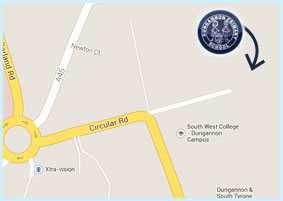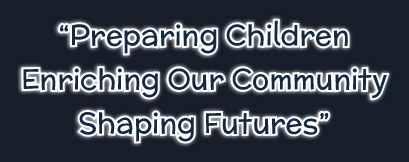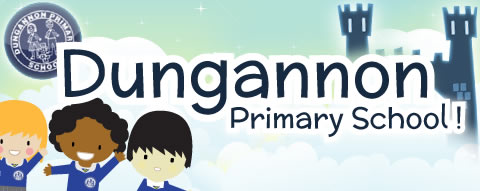Primary 5 JH
Numeracy - September - October 2025
Numeracy
Recognise the place value of each digit in a 4 digit number.
Use mental methods for addition and subtraction.
Recall multiplication and division facts.
Understand the relation between non-unit fractions and multiplication and division.
Solve 2-step word problems in contexts.
Make patterns by reflecting shapes in vertical lines of symmetry.
Estimate, measure and record weights using kg and g.
Understand relationships between all coins and notes. Understand and use decimal recording of amounts of money and calculate change required when buying items, paying with amounts up to £100. Use efficient methods to find the total of a mixed group of coins and notes totals up to £10.00.
ICT
Using ICT
Understand how to keep safe on the Internet and display acceptable online behaviour.
Express: Create, develop, present and publish ideas and information responsibly using a range of digital media and manipulate a range of assets to produce multimedia products.
Exchange: Send and receive an email
Evaluate: Talk about, review and make improvements to work, reflecting on the process and outcome and consider the sources and resources used, including safety, reliability and acceptability.
Exhibit: manage and present their stored work and showcase their learning across the curriculum, using ICT safely and responsibly
Literacy - September - October 2025
Literacy
Talk about what they are learning, how the work was carried out and some aspect that might be improved.
Know and understand the term ‘historical’ in relation to stories.
To identify the main characteristics of the key characters in any text, drawing on the text to justify views and using the information to predict actions.
To investigate how settings and characters are built up in small details and how the reader responds to them.
To explore chronology in narrative texts. To use paragraphs in story writing to organise and sequence narrative.
Know and understand what a recount is as a non-fiction genre.
To compare and contrast poems on similar themes.
To prepare, read and perform playscripts and compare their organisation with stories.
To complete grammar tasks focussing on nouns, verbs, adjectives, adverbs, verb tenses, homophone of and off and suffixes
World Around Us - September - October 2025
Geography
About the location, size, shape and use of common landscape features (P, I, COT)
To recognise the importance of sustaining, conserving and regenerating our natural resources and biodiversity in Northern Ireland (COT, I, P)
To recognise that we are interdependent with other parts of the world for some of our goods and services (I, COT, M&E, P)
To recognise places and features, local and global, on a plan, map or photograph (P)
To use the 8 point compass (P)
To use 4-figure co-ordinates (P)
To use recognised Ordnance Survey symbols to identify familiar features (P)
To represent more complex journeys on maps of different scales e.g. road/rail/ferry maps, route planners etc. (P)
History
Explain how a local community influences its environment over time (I, COT).
Use different types of evidence to find out about the past e.g. oral, written, visual and physical evidence (P, COT)
To identify characteristics of a specific time period e.g. changes in transport/communications/ inventions (I, COT).
To investigate how people used to live, including roles and responsibilities in society, and how these have changed (I, COT).
To investigate issues associated with the conservation, preservation and regeneration of the local environment (I & P).
To understand why people in the past moved from one place to another and to consider how they might have felt e.g. Mesolithic hunters and food gatherers, The Vikings, Movement from town to country in Victorian times (M&E, COT).
Science and Technology
That a push or a pull is known as a force (M&E). That a push or a pull can change the direction or shape of an object (M&E).
Know that some materials are found in the natural world, other materials are made by people (I, P).
Recognise properties of materials including strength, flexibility, transparency, waterproofing, hardness/softness, conductor/insulator, magnetism and how these affect their use (I, P).
Know that materials can be solid, liquid or gas (M&E, P, COT).
Know that some materials will dissolve in water, others will not (COT).
Know that cooling/heating (freezing and melting) can change some everyday materials (COT).
Know that some changes are reversible or irreversible, desirable or undesirable (COT).

Contact Details
Dungannon Primary School,
Circular Rd,
Dungannon,
County Tyrone,
BT71 6BE
T: 028 8772 2250


